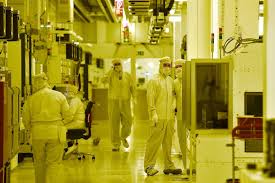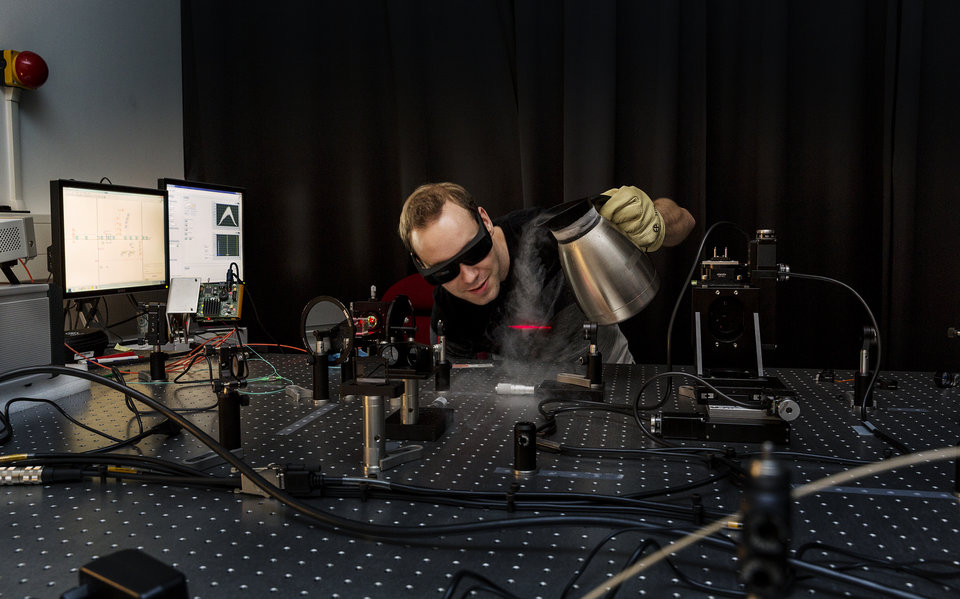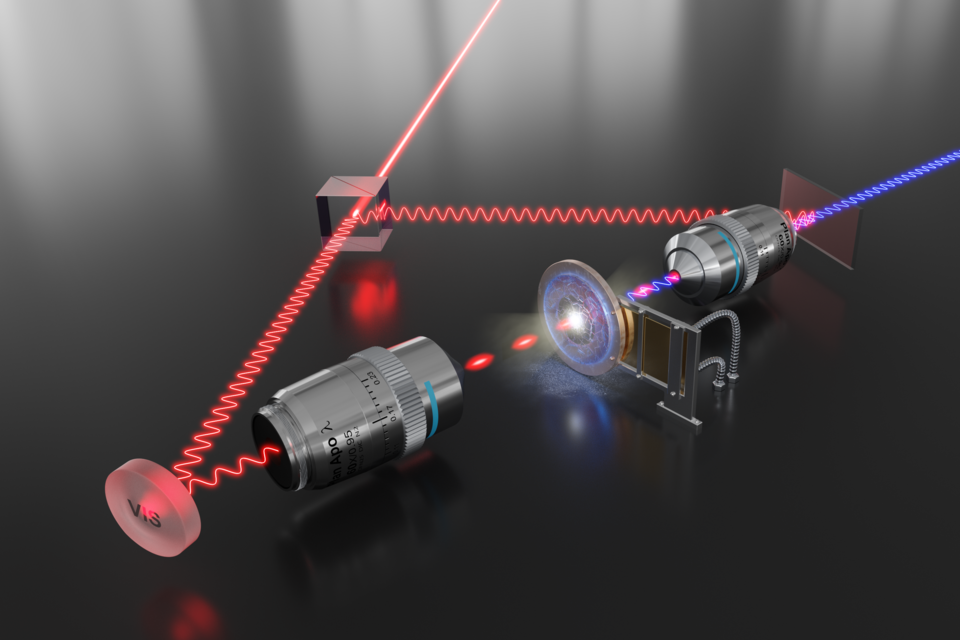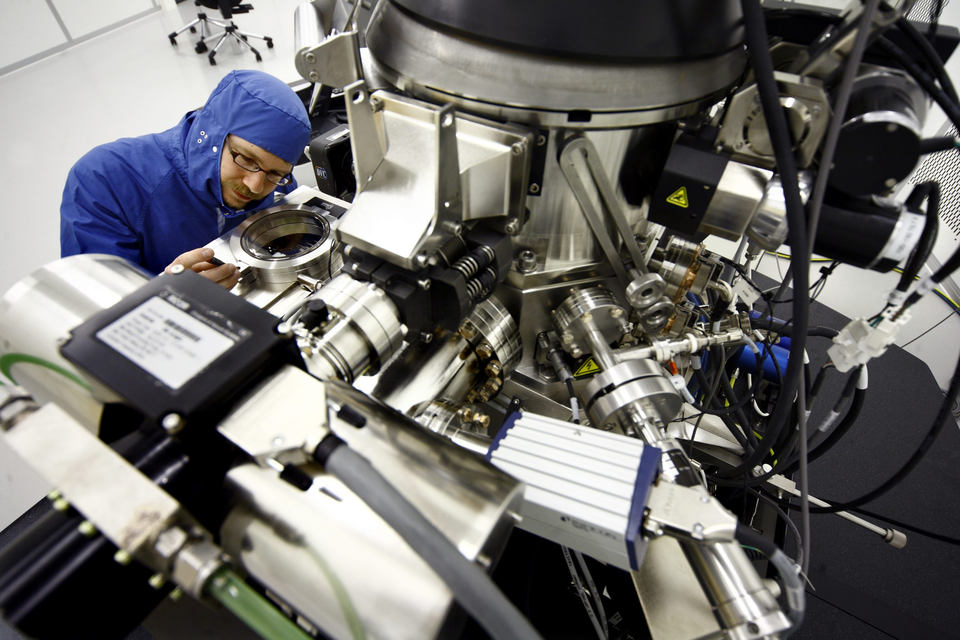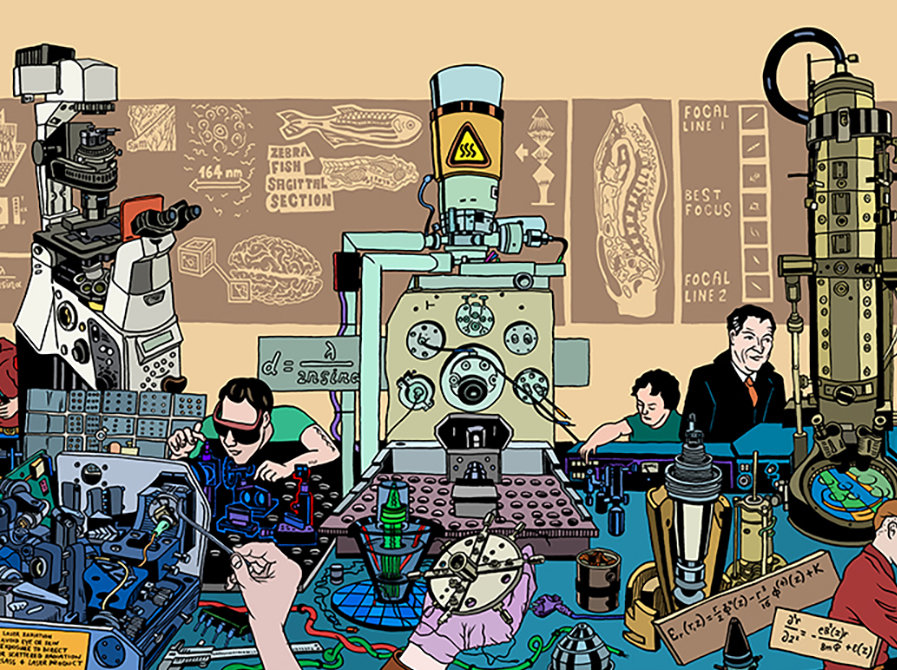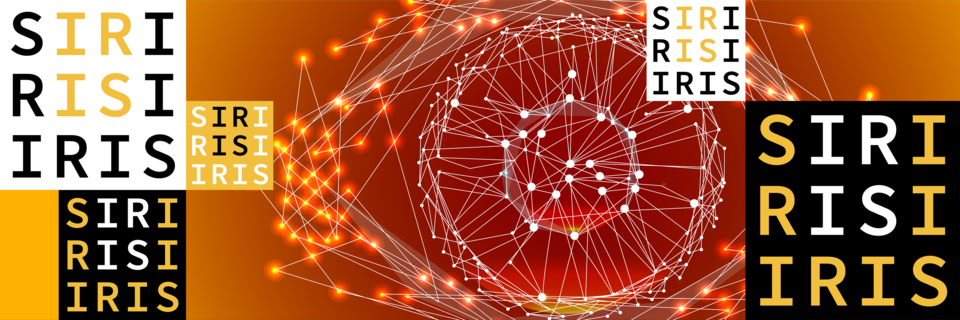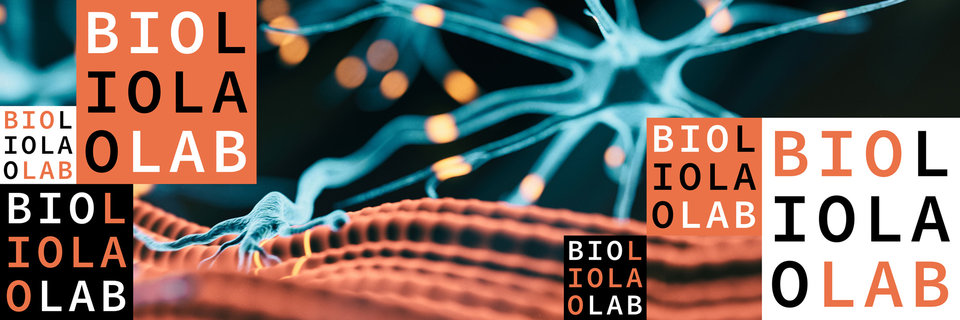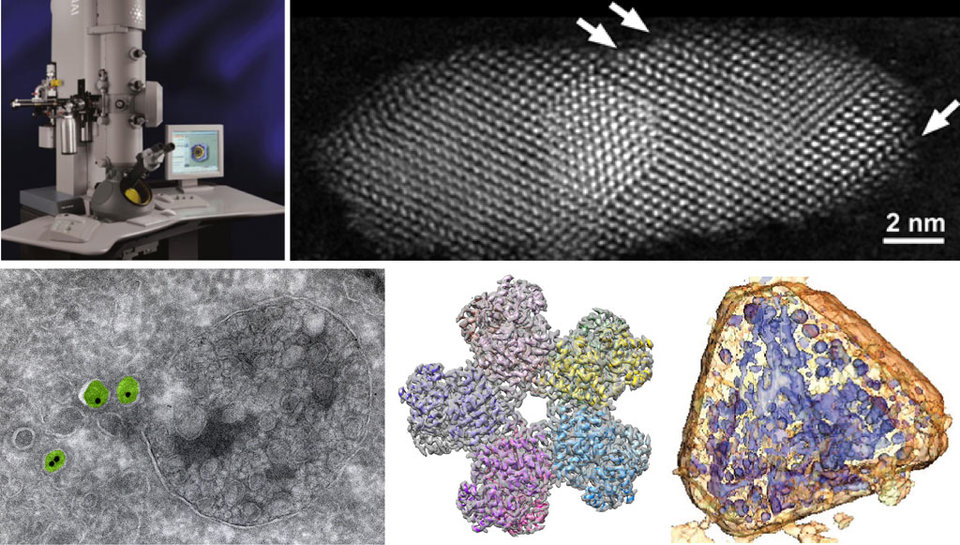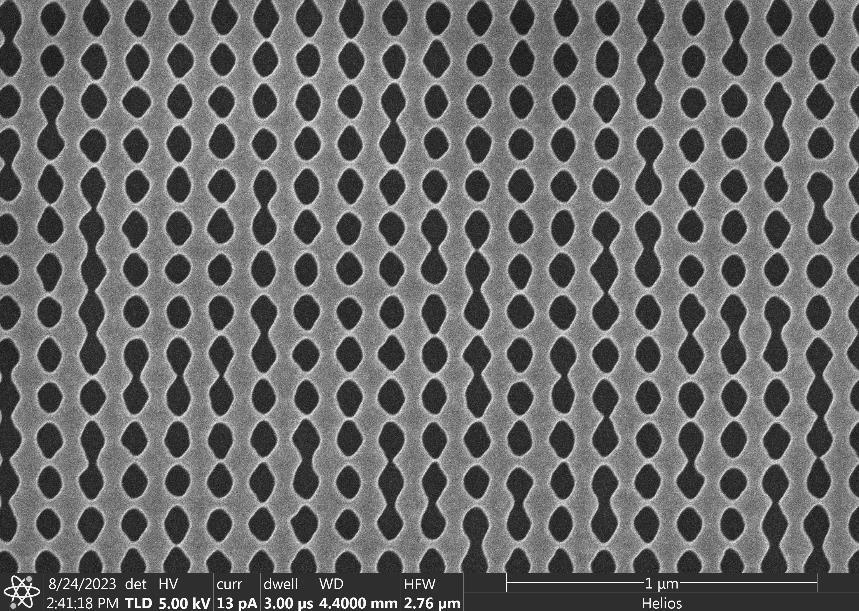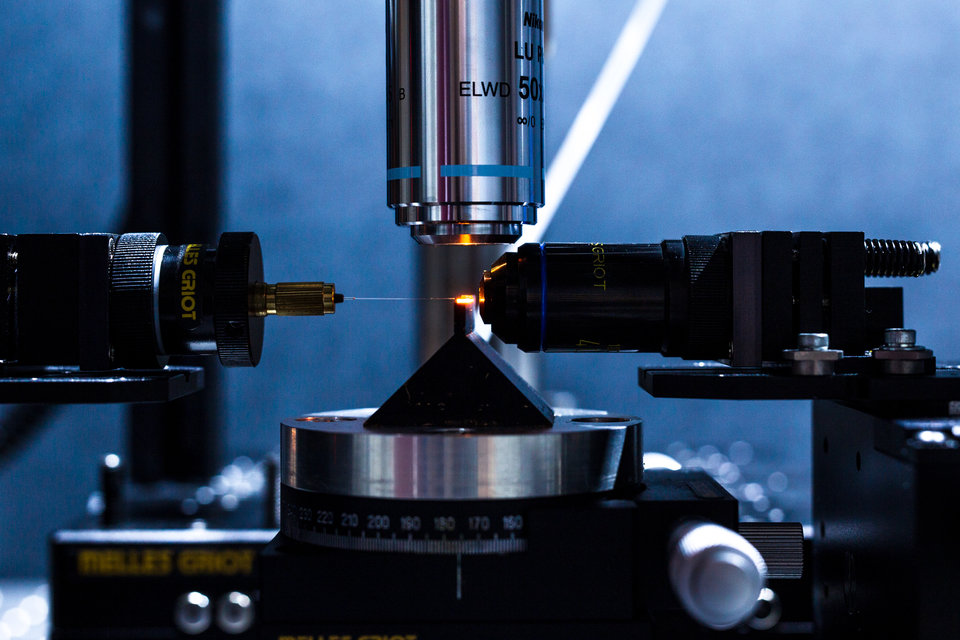Research
Our ambition is to be leading in developing novel instrumentation and imaging technologies. As such the department's profile encompasses a mix of science, engineering and design.
Our research tackles existing boundaries in terms of spatial & temporal resolution and information/data throughput. We are pioneers in developing advanced concepts of computational imaging, a marriage between cleverly designed imaging systems and sophisticated post-processing. Research topics span the entire range from curiosity-driven to application-inspired, are always academically challenging, relevant to society, and approached from a fundamental perspective. Our research is broadly applied to three research themes: Healthcare, High-tech Industry, and the Life Sciences.
Themes
Centers of Excellence and Consortia
ImPhys is co-founder of several Centers of Excellence and Consortia in which the research staff participates together with scientists of universities, medical centres, industry and the Netherlands Organisation for applied scientific research TNO.
PhD
Are you interested in a PhD project at the faculty of Applied Sciences, find more information here.


